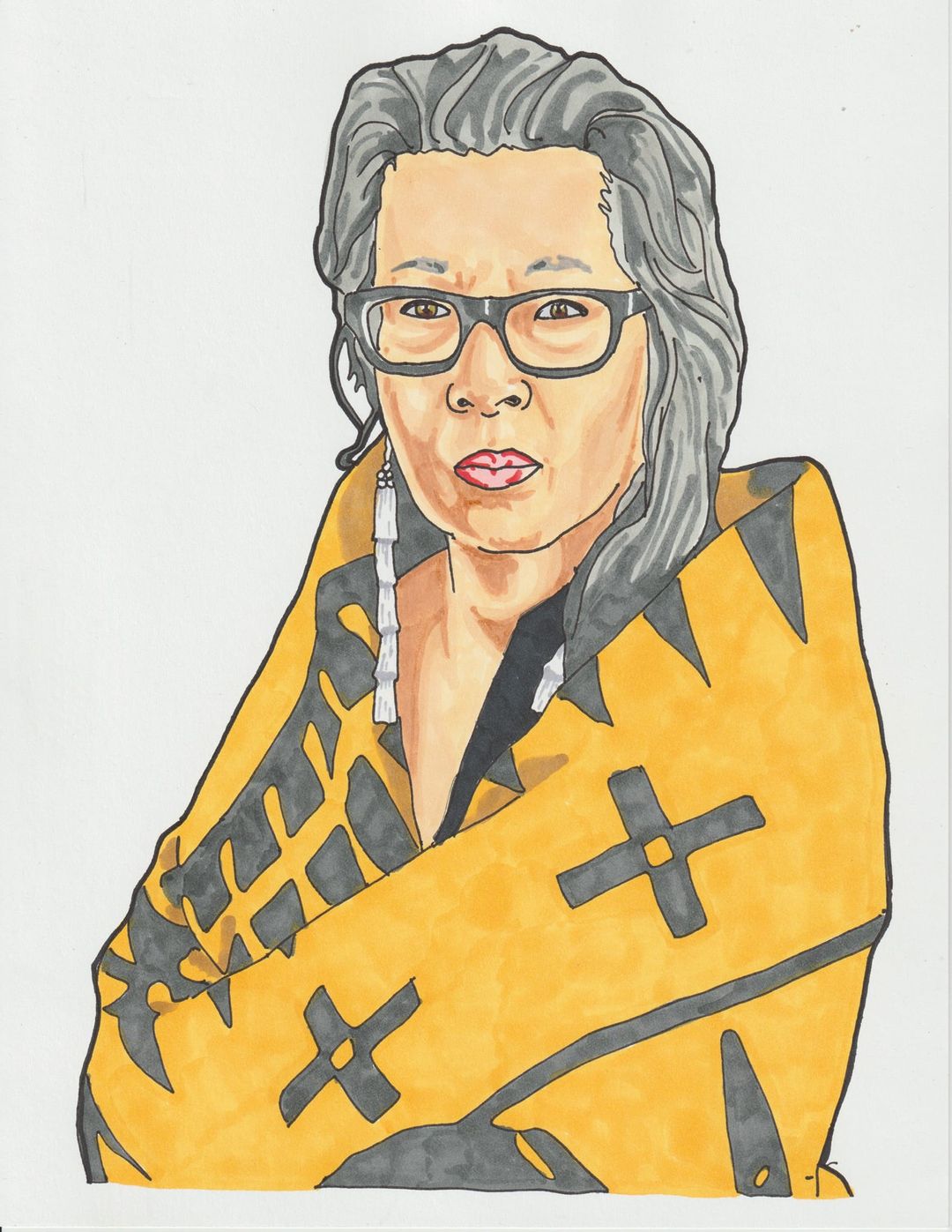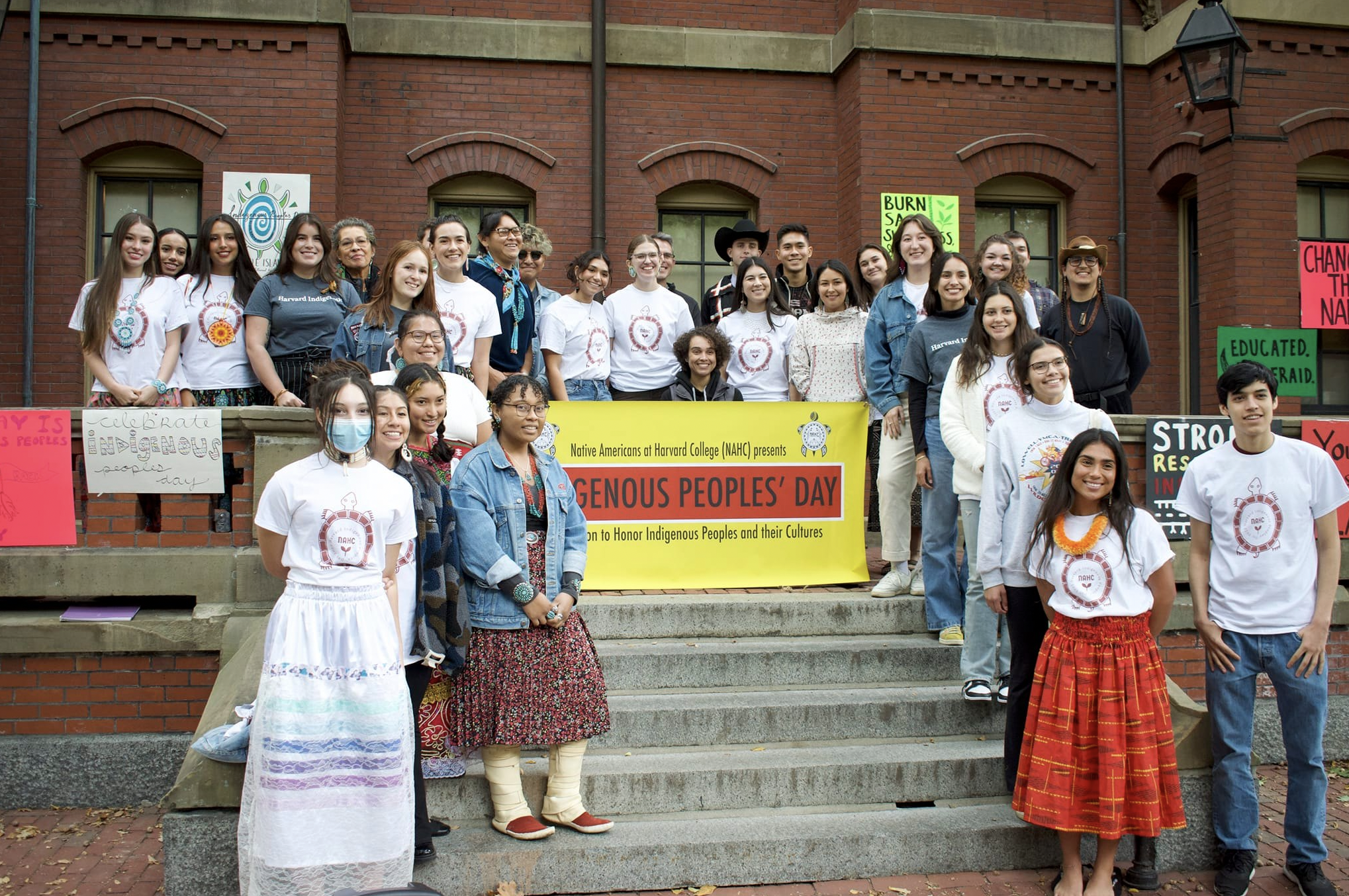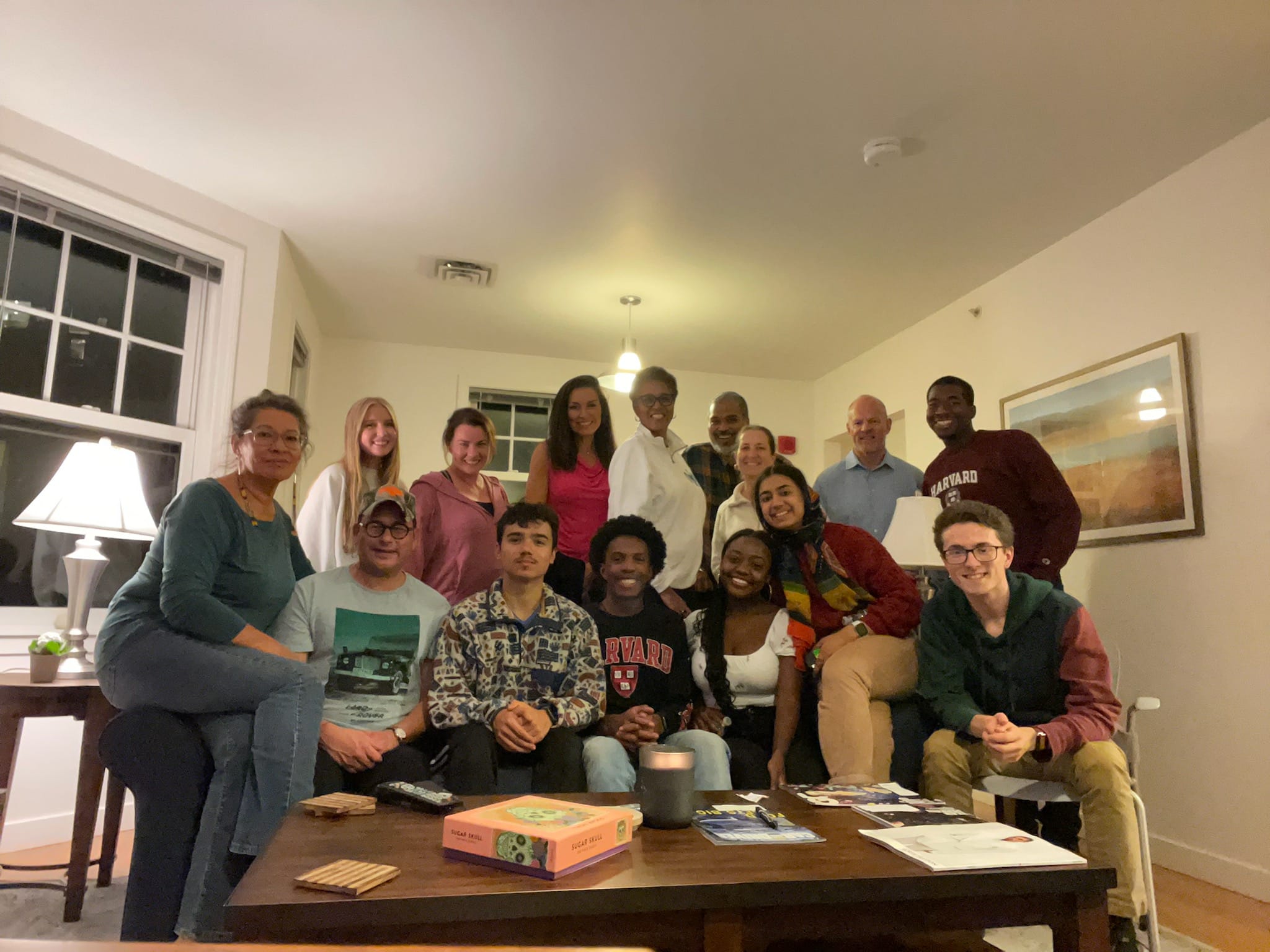One of Movement Strategy Center’s Board Members Brings Native Organizing to Cambridge
Judith LeBlanc isn’t just one of Movement Strategy Center’s board members — she’s a movement icon. LeBlanc, an enrolled member of the Caddo Nation of Oklahoma, probably wouldn’t admit to her icon status. You’d more likely hear her refer to herself as a proud grandmother, a proud citizen of the Caddo Nation, or just a fan of ice cream and fry bread.
But she’s an absolute force. Just look at her resume: LeBlanc serves as the Executive Director of the Native Organizers Alliance; a field director for Peace Action; a National CoChair for United for Peace and Justice; a board member for IllumiNative; and the chair of the board of NDN Collective. Judith was a 2019 Roddenberry Fellow and, before her board position at MSC, she worked for four years as a member of MSC’s Transitions Lab community.
This fall she also made time to serve as a Resident Fellow at the Institute of Politics at Harvard Kennedy School alongside a former governor of Wyoming, a former Secretary of State for West Virginia, and a former Prime Minister of Sweden — in addition to other luminaries of politics, business, and academia. She is leading a study group of lucky Harvard students that will focus on exploring Indigenous rights and Native and Indigenous organizing across the country.
At a September forum at the university, LeBlanc was a breath of fresh air among the far right doom and gloom. She called Election Day “a snapshot of the balance of politics.” She continued: “Everything that happens between elections — on issues at the grassroots level — is what shapes the outcome of elections.” She is thrilled by “a historic high number of Natives” running for office and the “vibrancy at the tribal and grassroots level … Native people are highly aware of the threats to sovereignty and the impact of systemic racism and they understand that elections matter.”
“Everything that happens between elections — on issues at the grassroots level — is what shapes the outcome of elections.”
After a recent Institute of Politics event, LeBlanc took to Facebook: “truth telling, good food, and great conversation with Mark Trahant, Phil Deloria, and Libero Della Piana. So proud of our people at Harvard who are preparing for sovereignty and self determination!”
Her enthusiasm was still palpable a few weeks later. In a conversation with LeBlanc, she noted that not only were the first Native women elected to the Congress in 2018, but that now, for the first time in over 230 years, there is Native Alaskan representation in the House of Representatives.
And all this in the same month that the Department of the Interior announced nearly 650 geographic locations with names containing an offensive slur for Indigenous women would be renamed — with input from Native communities. Though it didn’t come a moment too soon, it’s still impressive that this historic mass renaming is occurring less than a year after Secretary of the Interior Deb Haaland — the first Native American to serve as a cabinet secretary — formally declared the word a derogatory term and began this process.
Last year, LeBlanc was involved in the Red Road to D.C. project — a two week national trek that saw a 25-foot, 5,000-pound totem pole created by a group of Lummi Nation artists journey from Washington state to Washington D.C. The House of Tears Carvers — the Lummi traditional carvers behind the monumental artwork — consider totem poles to be much more than art. LeBlanc agrees: “they tell our stories, they gather prayers, and give us guidance for how we walk.”
And that was exactly the intention of the tour — as co-sponsored by the Native Organizers Alliance and chaperoned by LeBlanc herself. At her speech on the National Mall, she drove the project’s mission home: calling on the Biden Administration to both “recognize the traditional, legal, and inherent rights of Native nations and Indigenous peoples to protect sacred places” across the country and recognize their own ancestral responsibilities to protect sacred places for future generations. LeBlanc was joined by Secretary Haaland and multiple speakers that day, each representing different tribes and speaking to the needs of their ancestral lands.
“What’s the medicine we need? That medicine is to heal the land. But first, we must bring people together to heal themselves, to understand their relationship to land and place and history.”
She also spoke of her hope to “bring people together to recognize what it is that will make us stronger.” She asked: “what’s the medicine we need? That medicine is to heal the land. But first, we must bring people together to heal themselves, to understand their relationship to land and place and history.” She continued, “the future is Indigenous … And I say that to mean that the future is when we will recognize our relationality — that we’re related — when we recognize that we have common struggles in order to make sure that our descendants live a good life.”
These sentiments aren’t new. From her work on behalf of the Wounded Knee Defense/Offense Committee on Pine Ridge Indian Reservation in South Dakota in the early 1970s, to Standing Rock pipeline protests beginning in 2016, LeBlanc has espoused the value of cultural strategy and how “walking in ancestral knowledge” can “[define] the present” and shape the future. She also believes in establishing your role in the community or communities you hold yourself accountable to — in order “to be a good relative” in community.
At the end of the day, LeBlanc’s packed schedule, list of achievements, and everyday ethos all comes down to her respect for the role of the traditional practices of her people and all Indigenous people.
A big congratulations on your stint at Harvard, Judith — and in all your achievements and their throughline in peace, interdependence, community, and self-determination. Like and share this blog in honor of Judith and Native American History Month.




